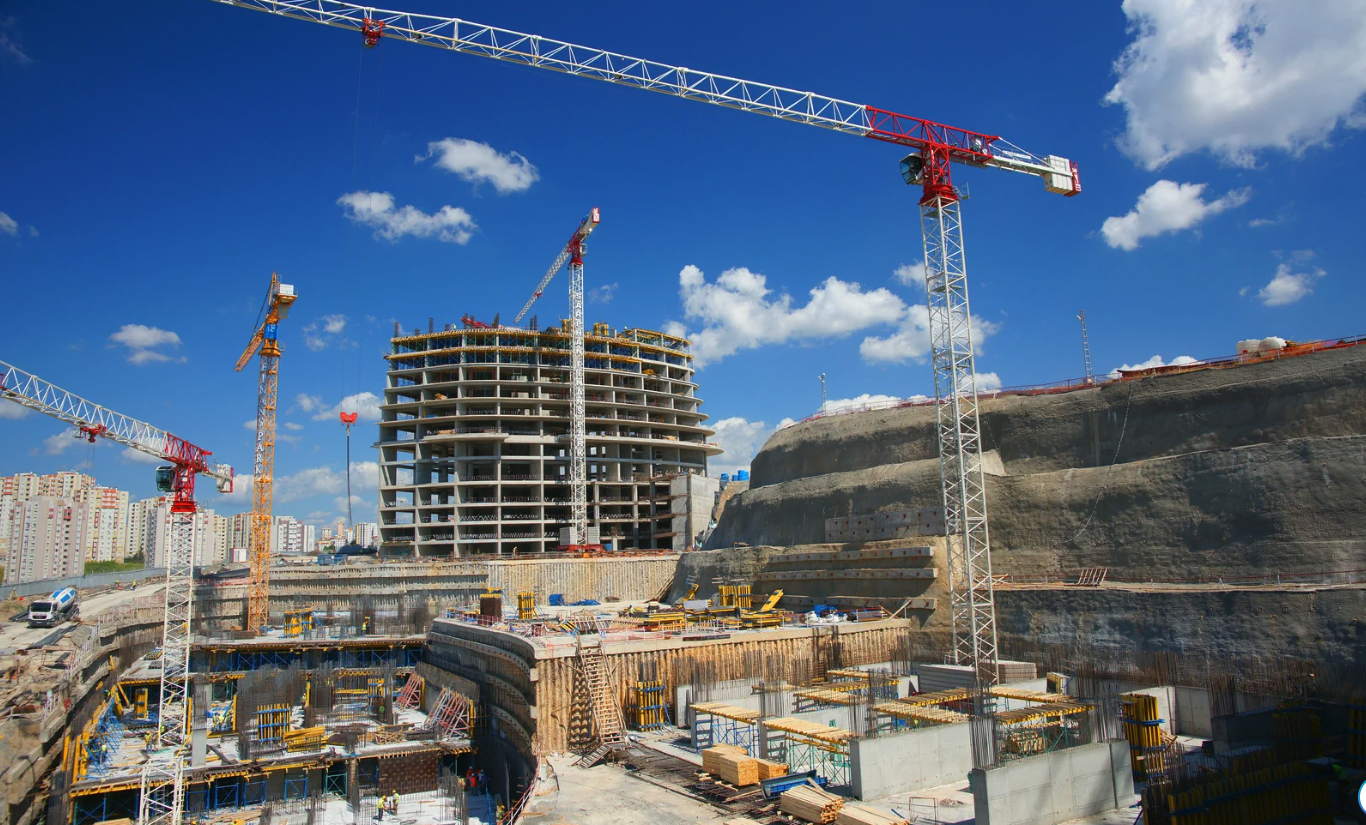If you’re serious about hiring the right candidate for your business or team, it’s essential to be commitied to a clear, structured and consistent interview process.
Long before an interview is on the table, headhunters working on senior hires would have already conducted a full behavioural and competency-based assessment with candidates when analysing them against client briefs.
When all due diligence is fully covered, potential compatibility clear and interest from both candidate and client is evident, the interview process then becomes a discussion.
Practcalities of diaries can often intervene at this point, however it’s vital to remain true to a clear process from the outset to ensure ambiguity eliminated where possible and efficiency optimised for the benefit of all.
Here are a few structural considerations that can make the vital phases of interview hugely effective if optimised:
Format
Interviews are a two-way street between both client and candidate.
In today’s digital age, where remote work and virtual meetings have become commonplace, the value of face-to-face candidate interviews might seem diminished.
However, despite the convenience of video conferencing and AI-powered recruitment tools, in-person interviews remain a cornerstone of the hiring process. They provide insights that no digital interaction can replicate.
Body language signalling (plus facial expressions and tone of voice), deeper assessments of interpersonal skills and a comprehensive evaluation of cultural fit can only be obtained through meeting in person.
Don’t underes;mate the power of a handshake, a tour of your office, or a face-to-face conversation.
Stakeholders
Genuine interaction and rela;onship building begins at interview stage.
The people involved in the interview process significantly influence its effectiveness. The right client-side stakeholders ensure the candidate is thoroughly evaluated from multiple perspectives; aligning their skills and personality with the company’s needs.
Different stakeholders bring varied expertise and viewpoints. For instance, a hiring manager can assess a candidate’s technical abilities and job-specific skills, while someone from HR might evaluate cultural fit and alignment with company values.
Also, when appropriate, including team members or peers can provide insights into how well the candidate might collaborate within the existing team. This multifaceted evalua;on helps in making a well-rounded decision.
Including the right stakeholders ensures that everyone understands the requirements of the position. This alignment is critical to avoid hiring mismatches. When key decision-makers are involved, they can discuss the role’s expectations and responsibilities in detail, ensuring that the candidate’s abilities and experience match the job’s needs.
When the necessary stakeholders are involved from the outset, there is less need for back-and-forth communication later in the process. This can accelerate decision-making and reduce the time-to-hire, making the company more competive in attracting top talent.
A diverse panel of stakeholders can also help mitigate unconscious biases that might arise during the interview process. When decisions are made collaboratively, they tend to be more objective, leading to fairer hiring practices.
Stages
Limiting the interview process to three stages or fewer is an effective strategy for several reasons:
– Reduced Costs: Interviewing is resource-intensive. Each stage requires time from multiple stakeholders, which translates to a significant cost in terms of both money and productivity. By limiting the process to three stages, companies can streamline resourceallocation and reduce overall hiring costs.
– Clarity and Focus: With fewer stages, each interview can be designed with a clear purpose. For example, the first stage might focus on cultural fit and overall potential, the second on technical or role-specific skills, and the final stage on decision-making with key stakeholders. This structure ensures that every interaction is purposeful and that no time is wasted on redundant assessments.
A well-structured three-stage interview process might look something like this:
– Stage 1: Inital screening
– Stage 2: In-depth technical or role-specific interview
– Stage 3: Final interview with key decision-makers
Timescales
Candidate experience is key.
Protracted interview processes can be costly, time-consuming, and frustrating for both the company and candidates.
Prolonged interview processes can also deter top talent. Highly qualified candidates often have multiple offers and may opt out of a lengthy process in favour of quicker decisions.
A streamlined process forces the company to focus on the most critical aspects of evaluation, leading to more effective and targeted assessments. This clarity helps in making quicker, more confident hiring decisions, which often results in better hires.
A concise, three-stage process demonstrates respect for the candidate’s time and conveys that the company is decisive and efficient.
Structure
While face-to-face interviews are invaluable, their effectiveness is significantly enhanced when conducted within a structured framework.
A structured interview process ensures consistency, fairness, and a focus on the skills and traits that are truly important for the role.
A structured process involves asking all candidates the same set of ques;ons and using standardised criteria to evaluate their responses. This approach minimises unconscious bias and ensures that each candidate is assessed on their abilities and fit for the role, rather than subjective factors.
By treating every candidate equally, companies can make fairer and more transparent hiring decisions, which is crucial for building a diverse and inclusive workforce.
Research has shown that structured interviews are more predictve of job performance than unstructured ones. By systematcally evaluating candidates against the same criteria, companies can better identify those who are likely to succeed in the role.
Candidates appreciate a structured process because it provides clarity and fairness. When candidates know what to expect and feel that they are being evaluated on a level playing field, they are more likely to view the company positively, even if they don’t get the job. A structured interview process also ensures that interviewers are well-prepared, which reflects well on the company and demonstrates its commitment to a professional and respectul hiring process.
Conclusion
Face-to-face interviews, when combined with a structured process, form the backbone of an effectve hiring strategy.
They offer invaluable insights into a candidate’s interpersonal skills, cultural fit, and overall suitability for the role, which cannot be fully captured through digital means.
At the same time, a structured interview process ensures that these interviews are conducted in a fair, consistent, and focused manner, leading to beter hiring outcomes for both the company and the candidates.
In an era where the competion for top talent is fierce, investing in a robust face-to-face interview process with a strong structure is not just beneficial, it’s essential.
By doing so, companies can not only atract and retain the best candidates but also build a team that truly aligns with their values and goals, driving long-term success.
KMN Consult specialise in ensuring you have the right people delivering the right results for your business; supporting leaders within the constructon industry to build the right teams for the future.
If you’d like to learn more about my approach, or share your views on this topic, please reach out on 07835 123105 or







